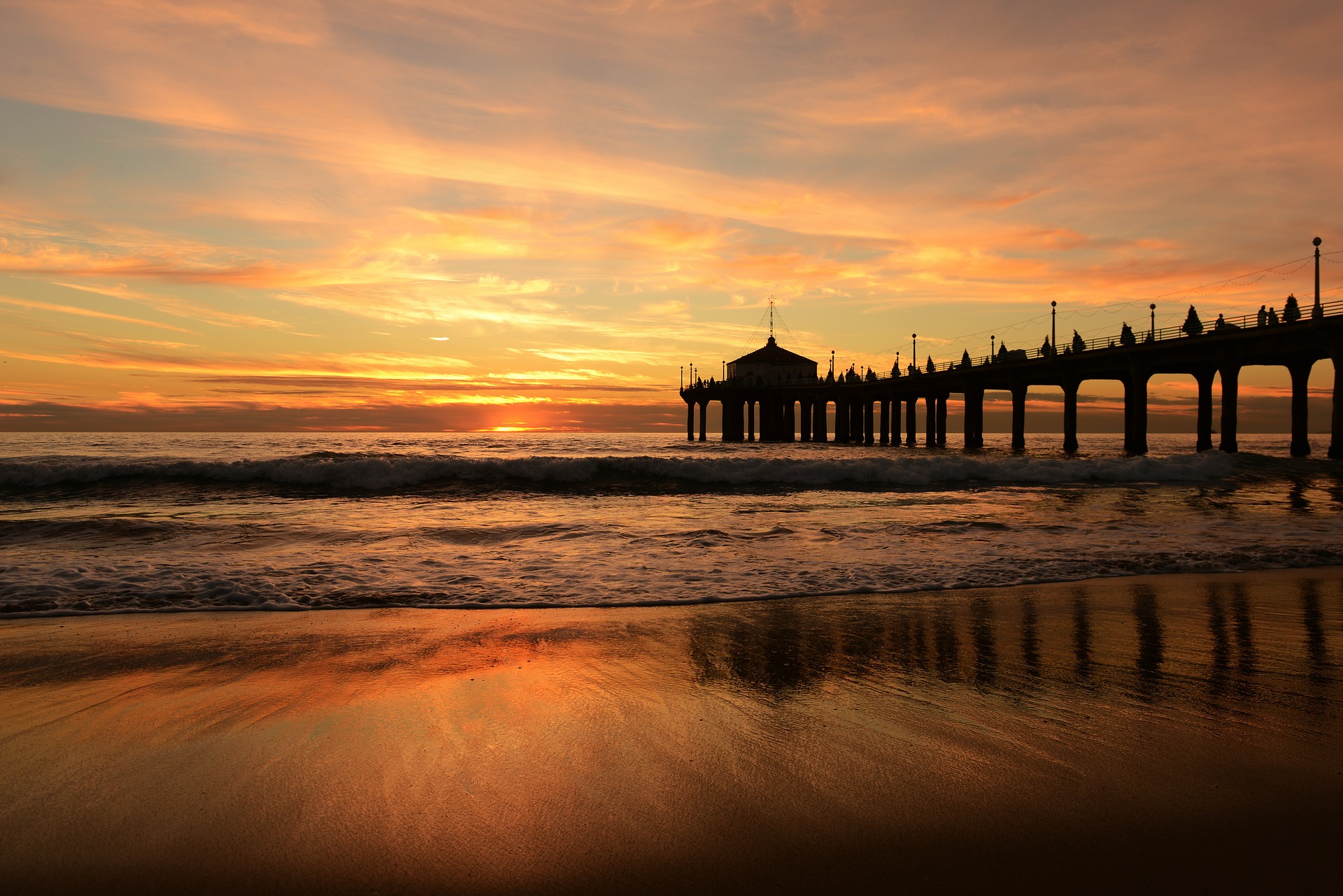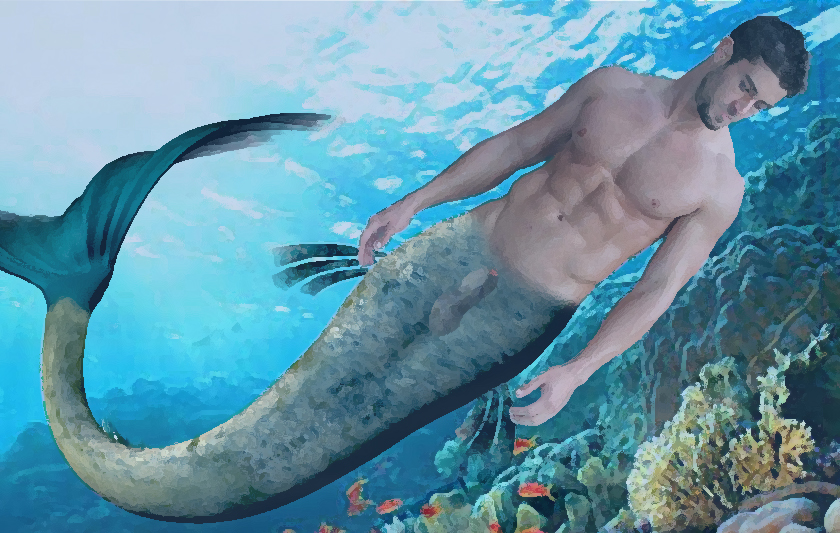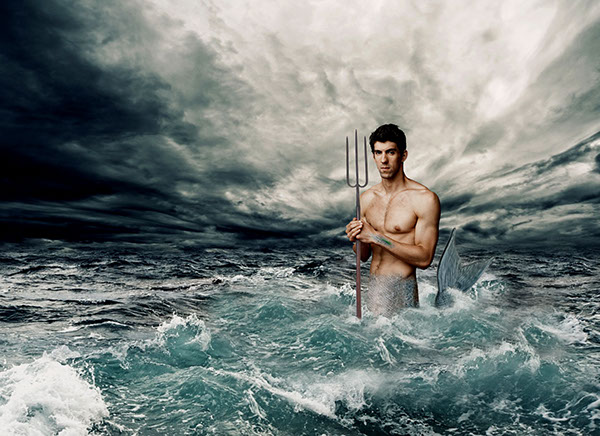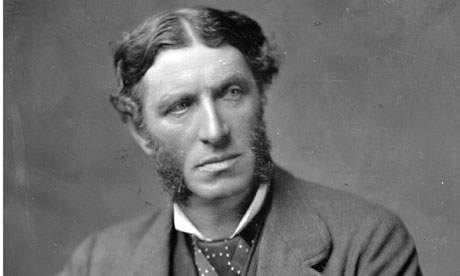Here we are looking at a detailed stanza-wise summary of Matthew Arnold’s Dover Beach. Matthew Arnold, being one of the most eminent Victorian poets, minutely captures the cultural, moral and ethical decomposition existing in the Victorian era of doubts and disbelief. He was an English poet and cultural critic who considered poetry as the “Criticism of life”. From a literary critic he transformed into a general critic of his age, capturing and revealing the world for what it was.
Line by Line Summary of Dover Beach by Matthew Arnold
Stanza 1- The poem begins with a serene description of the sea by the speaker who stood on the coast to enjoy the captivating beauty of the sea. A mood of sensory awareness is created as the landscape composed of the tranquil sea, moonlight and the strait gives a picture that is constituted of balance, stability and harmony. The strait refers to the Strait of Dover between the English Channel and the North sea. The light that ‘gleams and is gone’ in the literal sense, brings into picture a light that’s flickering on the French coast. Metaphorically, however, the light is regarded as the fluctuating faith in God and religion. The Weighty Rallentando with which a series of affirmations occur in the first sentence, however, signifies that God’s dignity cannot be destroyed by loss of faith. Moonlight creates a sense of melancholy, meditation and despair. The natural scene is amalgamated with a sense of spiritual security established by the words calm, full, fair and tranquil. The cliffs of England, composed of an eroding limestone, chalk, makes it look bright and huge. The concept of eroding furthers the theme of the weakening of faith of human beings.
The speaker calls his companion to join him in experiencing the delight that nature is. It is a tender appeal to pause and participate as Arnold seeks companionship. The poet could anticipate the shift in human ideology from the Christian tradition to the impersonal world of Darwin and other scientists.
A beautiful image is evoked as the beach drenched with water drops and blanched with the bright moonlight makes the sand look white. The jarring roar of the pebbles caused by the ebb and flow of the sea creates a striking contrast to the pleasant atmosphere described in the first few lines. It produces a depressing, tragic and undulating appeal. The continuous and endless movements of the waves bring in a deep sense of melancholy- an “eternal note of sadness” in human life.
Stanza 2- It is an allusion to the famous tragic poet Sophocles. The despondent and monotonous sound of the waves reminds him of the despair with which Sophocles observed the misery and suffering of human beings in life as he heard the melancholic sound of the waves of the Aegean Sea. The poet too finds himself deeply affected by the tragic aspect of the sea and of human fate. Nobody is free from the eternal sufferings that human beings find themselves in. The disordered rise and fall of human misery is symbolic to the ebb and flow of the sea waves. The sea is an archetypal image invested with the sentiment of divine dignity.
Stanza 3- The faith in religion that, owing to advancement in science and materialism, was rapidly losing its significance, is compared to a sea. A sense of doubt and despair pervaded the Victorian era, leaving man vulnerable and dejected. The spiritual and religion faith that was once unbreakable was shivering now. The sea of faith that enveloped the world just like a girdle is fastened round the waist of an individual has now receded. The sea no longer conducts the act of ablution round earth’s human shores. Science questioned and challenged the religious and spiritual ideas, inducing doubts in people’s minds. The dominating and loud roar of religious faith was now retreating. The loud and intense roar of the sea of faith was now replaced by a gloomy and withdrawing roar. The night wind here symbolizes disbelief and doubts. Faith has been darkened by science.
‘Naked shingles’, in the literal sense, refers to the pebbles that are naked because the water has receded. However, it hints to the idea that when faith is lost, there is no divine delight to clothe us. Swinburne’s remark rightly fits into this context as he says- “The clothes are well enough, but where has the body gone?”
Stanza 4– The final paragraph opens with an expression of intense despair and sorrow pent up in the mind of the speaker. Love is invoked as the ultimate solace with a sense of a certain consolation. According to the poet, in a world that has been tormented by deception, lies and gloom, love is the ultimate truth. The world seems to be like a deceptive land of dreams which culminates in hopelessness and pain. The reality is contrasted to the appearance and illusion we trust life to be. Life is a cacophony of turmoil in which human beings are swallowed by the ‘darkling plain’ where there is no joy, no love, no faith, no certainty, no harmony and no help. Lovers in their common suffering require the comfort of constancy as we, as human beings, are more often brought together more by sorrow than by happiness. A kind of darkness surrounds human destiny as they clash with each other on vague alarms with a sense of primitivism and savagery. And the clash is as endless as time and tide. Humanity has lost its substance and spirit as they indulge in meaningless acts of battles and wars, spreading only despair and hopelessness.
No mere words can express the sheer brilliance with which the Victorian poet writes. In capturing the essence of Arnold’s poetry, we need to delve a lot deeper. However, coming to an end, if you guys liked this article or if you have something to add then do not hesitate to post your views in the comments section. Stay tuned for more.
Some online learning platforms provide certifications, while others are designed to simply grow your skills in your personal and professional life. Including Masterclass and Coursera, here are our recommendations for the best online learning platforms you can sign up for today.
The 7 Best Online Learning Platforms of 2022
- Best Overall: Coursera
- Best for Niche Topics: Udemy
- Best for Creative Fields: Skillshare
- Best for Celebrity Lessons: MasterClass
- Best for STEM: EdX
- Best for Career Building: Udacity
- Best for Data Learning: Pluralsight















